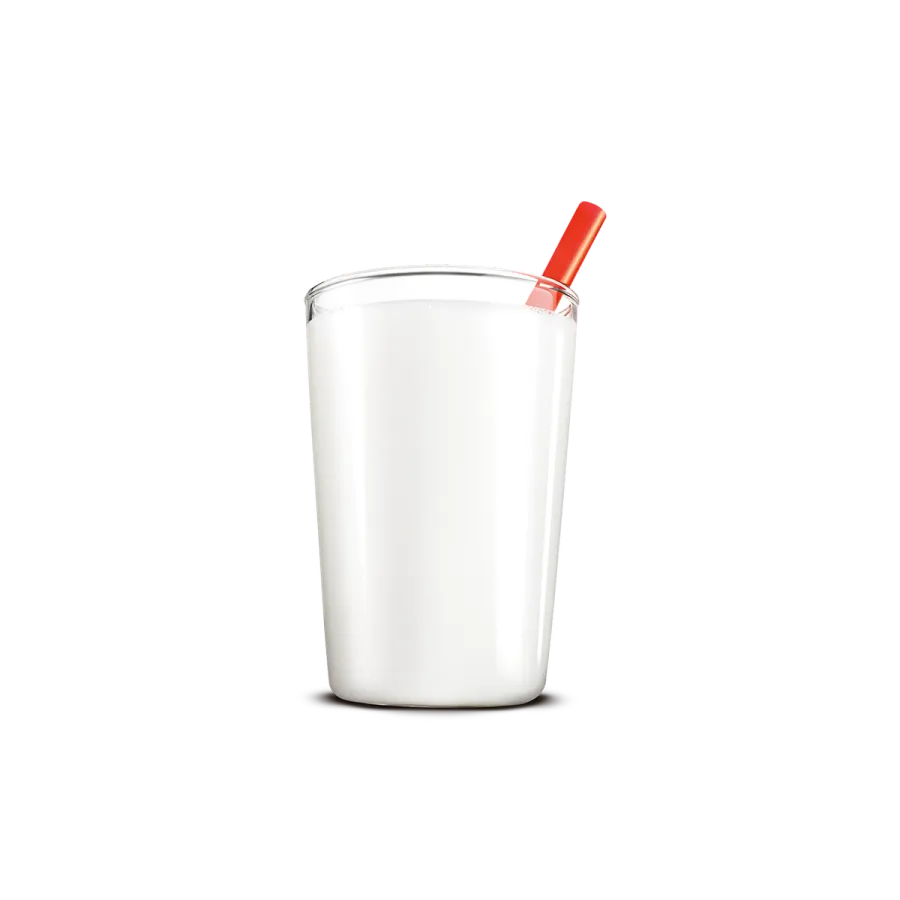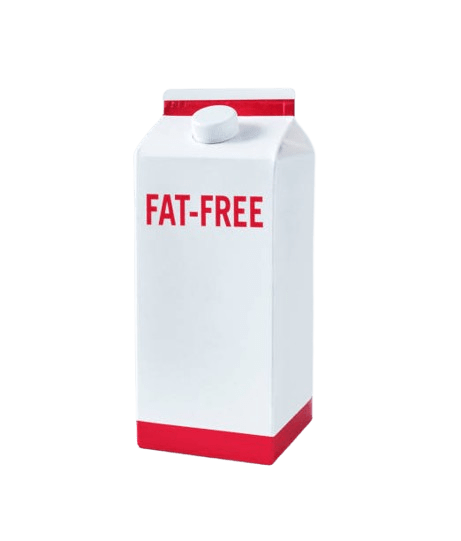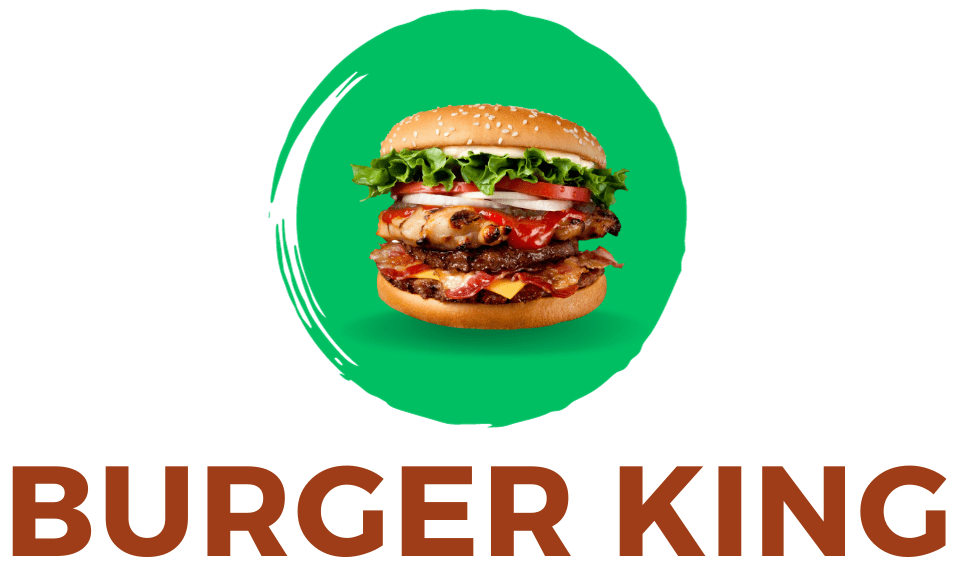Like regular milk, skim milk contains all of the good nutrients just with less fat and fewer calories. But for people who are concerned about heart health or trying to limit saturated fats burger king pricelist, it’s a guilt-free way to get some dairy in your diet.
Fat-free milk is comparatively low in calories and dietary fat for that matter but it still comes complete with the must-have nutrients found in whole milk calcium to build stronger bones, protein to initiate muscle repair, and essential vitamins like A and D. Milk is a staple in most people’s diets, but with more focus than ever placed on health-conscious eating, many seek out-fat varieties.
But what makes it different from other milk and is it part of a healthy lifestyle? If you are a fitness freak, will help lose weight, or are in search of some healthy dairy alternatives, learn everything about the best Fat-Free Milk. We’ll poke into how this skimmed sister compares to all the other Burger King milkshake doozies and why stocking it in your fridge might not be a bad idea.

Fat-Free Milk: A Deep Dive into Nutrition, Benefits, and Health Impact
Skim Milk: Skim milk or fat-free is a go-to for people who are trying to be healthier than their whole-fat friends. But as fat avoidance, health and wellness rise more into the spotlight, so does free milk. In this article, we provide a complete guide to everything you need to know about BK Cafe Iced Coffee, including its nutritional information, health benefits (and possible drawbacks), and how it stacks up against other alternatives.
What Is Fat-Free Milk?
Fat-free milk, or skim milk, is nearly the same thing as whole milk without all of the fat. Its fat content is far less than that of whole milk which contains 3.25% fat. It entails separating milk or cream into the fat and protein components using a centrifugal technique, thus producing a low-fat liquid with most of the nutrients in it. The lower fat content is offset by the retained vitamins, minerals, and protein content of the milk which makes it a nutritious option.
Nutrition facts for fat-free milk
While you lose out on the fat, still offers several key nutrients. One cup (240 ml) of fat-free milk provides:
- Calories: 90
- Protein: 8 grams
- Carbohydrates: 12 grams
- Fat: 0 grams
- Vitamin D: 70% of daily value DV ** Calcium: 30% of DV
- Vitamin D: 25% of the DV
- Vitamin A: 10% of the DV
- Potassium: 10% of the DV
Fat-free, high-quality protein that can be taken from milk (an excellent source of calcium), and provides essential vitamins A and D, very necessary for the formation of bones, immune resistance, and physical well-being in general.
Benefits of Fat-Free Milk
1. Low-Calorie Option
Whole milk, if you want to stay full longer with your meal or snack Burger King ice cream flavors For anyone looking to cut back on calories, fat-free skim milk is a solid alternative to whole milk. It has only 90 calories per cup and can be part of numerous meals or drinks without causing significant caloric overload. For this reason, it is a popular choice when we aim to lose weight.
2. Rich in Calcium
Fat-free milk also contains calcium, which is important for the formation of strong bones and teeth. Children, teenagers, and even older adults need calcium to prevent osteoporosis and other conditions related to the bones. The calcium in milk compares favorably to that in whole milk despite the total lack of fat, meaning it still serves as a good option for protecting against fragile and brittle bones.

3. Protein Powerhouse
Fat-free milk provides 8 grams of protein per cup Protein is essential as well for repairing tissue, caring for the immune system, and regulating hormonal balances. Fat milk can help fulfill a daily protein need which is very much needed by athletes and active enthusiasts without the extra build of fat.
4. Heart Health
Whole Milk is laden with saturated fats which are associated with the rise in cholesterol levels and hence are responsible for causing heart diseases as well. If you drink milk this is not a concern and is likely more heart-healthy than switching to rum in Goats. The risk of heart disease and stroke is decreased significantly by removing the fat.
5. Supports Weight Loss
Fat-free milk is low in calories and fat, which can make it an effective part of a weight-loss diet. Weight loss requires eating fewer calories than you burn, and lowers your overall calorie intake without giving up nutrients you need. Moreover, having skimmed milk with breakfast helps in satiety which means you have a fuller start to the day and your chances to overeat certainly go down.
6. Vitamin D and Bone Health
Fat-free milk is often fortified with vitamin D, a nutrient that promotes calcium absorption and contributes to bone health. Vitamin D deficiency in particular whopper price, among those people living someplace where there is little sunshine People who are deficient in vitamin D are at an increased risk of osteoporosis. Consuming milk which has been fortified with vitamin D is one of the quickest and easiest ways to ensure you are getting enough of this essential nutrient every day.
Fat-Free Milk vs. Whole Milk
The difference between fat-free and whole milk is the portion of fat and calories. Your standard whole milk has roughly 150 calories and 8 grams of fat per cup, as opposed to a measly 90 calories and 0 grams of fat for fat-free. But although whole milk is creamier and more indulgent-tasting because of the fat, nonfat milk gives you just as many nutrients without all that extra fat and calories.
Here’s a quick comparison:
| Nutrient | Whole Milk (1 cup) | Fat-free milk (1 cup) |
| Calories | 150 | 90 |
| Fat | 8 grams | 0 grams |
| Saturated Fat | 5 grams | 0 grams |
| Protein | 8 grams | 8 grams |
| Calcium | 30% of DV | 30% of DV |
| Vitamin D | 25% of DV | 25% of DV |
Fat-free milk is a more healthful option for people looking to lose weight, maintain cholesterol levels, or be careful about heart health. But for a slightly glitzier taste and texture my experience Burger King, is whole milk as long as it’s within your dietary goals.
Cons of Fat-Free Milk
1. Reduced Taste and Texture
Thinner texture, less creamy taste (this is one of the most common complaints I hear from people about fat-free milk versus whole cow’s milk) Well, the lack of fat is responsible for that difference as the Fat in whole milk also lends itself to its rich mouthfeel. Though the lighter texture may not matter to some, for certain recipes or beverages such as coffee it might be less satisfying.
2. Lower Absorption of Fat-Soluble Vitamins
Fat-free milk is fortified with vitamins A and D, but the fat-soluble vitamins likely do not absorb as well without the presence of fat. These vitamins need to be consumed with dietary fat or otherwise, you might not absorb it very well. But you can counteract this by ensuring some of the other sources of fat in your meal are of a different type lunch menu burger king.
3. Not Suitable for Youngsters below two
Whole milk is usually what pediatricians recommend for children under two years old as the fat content is necessary for proper brain development in a young one. Since milk doesn’t have the fats growing children need, always check with your healthcare provider before switching a young child to skim milk.
When You Should Drink Fat-Free Mil
Fat-free adults should opt for fat-free milk, which is the best choice to cut down on fat and calories without sacrificing nutrition. Especially useful for:
- Weight Loss or Maintenance: It is easily low-calorie and fast food whopper jr price, perfect for those on calorie-restricted diets.
- People are concerned about heart health: The lack of saturated fat lowers cholesterol, making it the best for those who have heart issues.
- Athletes and fitness lovers: With great protein, this makes for perfect muscle recovery and repair without the calories.
In comparison, if you like a thicker texture or have higher fat needs (like children or individuals with specific medical conditions), whole milk options will be more appropriate as shown by Cow.
How to Use Fat-Free Milk in Your Diet
The fat-free milk can be added right into your balanced diet. A few methods of putting it to use would be to:
- Smoothies: For a creamy texture without the added fat; try blending some milk into your fruit or green smoothies.
- Coffee and Tea: use in place of cream or whole milk to decrease the calorie and fat content of your morning coffee or tea.
- When Baking: Fat-free milk can be used to replace whole-fat mild in any recipe that calls for dairy milk, including muffins, pancakes, or bread, giving the benefit of added moisture and texture but without the extra fat!
- Make Creamier Oatmeal: Instead of using water, cook your oatmeal in milk.
- Cereal: These are the healthiest ways to enjoy Nutella as a breakfast cereal drizzle it over your favorite cereal or granola for a light, but still nutritious start to your day.
FAQS
What is fat-free milk?
Skim milk, or what is known in the U.S. as fat-free milk, is milk that has had nearly all of the cream removed. With less than 0.5% fat content, skim milk is a lower-calorie alternative to whole or reduced-fat milk that contains the same amount of calcium, protein, and other nutrients.
Is skimmed milk rich in the same nutrients as full-fat milk?
Although fat-free contains many of the same essential nutrients as whole milk, like calcium, protein, and vitamins A and D, the biggest difference is in the fat. Low-fat milk contains much less fat and fewer calories than whole milk but carries the same health benefits.
What milk can help you lose weight?
If you are trying to lose weight, fat-free is a great choice because it contains all of the beneficial nutrients (e.g. vitamins A and D) that whole milk provides without as many calories or fat. Additionally, the high protein in beef helps you stay full longer and reduce your risk of overeating.
Is fat-free milk other than whole milk?
Fat-Free Milk Without the fat content to provide a rich flavor and thick texture, this type of milk will always be thinner and less creamy in taste compared to the whole. However, this steak can seem less flavorful to some folks, especially after being cooked with water, eaten alone, or any way other than buried in strong sauces.
Does Low-fat Milk Keep Your Heart Healthy?
Well yes, fat-free milk certainly beats whole in this category as it takes the saturated fats from whole out of the equation and these are what can drive up cholesterol levels and raise the risk for heart disease. Opt for milk so you can get the great nutritional benefits of dairy without the added fat.
Are children allowed to consume fat-free milk?
Whole milk is what most pediatricians recommend for children under two with fat-free milk appropriate after age 2 and into adulthood. Whole milk is full of essential fat needed for healthy brain development in babies Fat Fat-free milk can be a part of the balanced diet after 2 years of age.
How many calories are in fat-free milk?
Fat-free milk has about 90 calories per cup (240 ml). This compares with the 150 calories in a cup of whole milk, making milk the lower-calorie option for the weight-conscious.
Is lactose milk-free-error-free dairy?
True, fat-free milk contains lactose (the natural sugar in milk). Some people may have trouble digesting whey if they are lactose intolerant. Fortunately, there are lactose-free fat-free milk brands out there with the same nutritional value but without the lactose.
Can skim milk be used in the kitchen and pastries?
Fat-free milk can be used in most recipes that include milk as part of the ingredients (e.g., soups, sauces, baked goods). Although it can have a slightly different texture and richness than whole milk, fat-free is still adding moisture and contributes in the flavor department without the added fat.
Can Fat-Free Milk Improve Muscle Recovery?
Fat-free milk is high in protein, and post-exercise protein is needed for muscle repair and recovery. With all the essential amino acids your body needs to rebuild muscle tissue, the high-quality protein in milk makes fat-free milk a good choice for athletes and active individuals.
